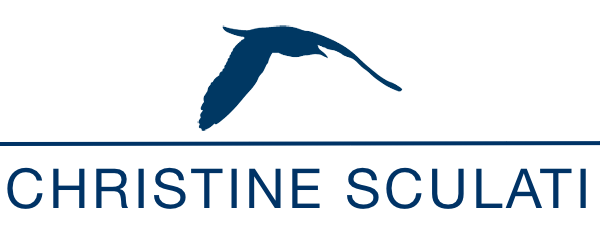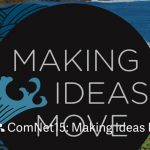Lessons from The Atlantic for nonprofits and foundations
Reaching new audiences
In today’s media saturated society, storytelling is big. You have to tell great stories to get attention. As such, nonprofits and foundations are experimenting with digital storytelling tools. They are using interactive and visually rich media to share research, spread awareness and give more life to their annual reports and other communications. They are transforming data and knowledge into useful and shareable forms.
Yet, the emotion-tugging stories, awe-inspiring research, and deep knowledge of some organizations still lie buried deep inside the recesses of a print report or the third page of a PDF newsletter – or worse, only inside the head of the executive director. These organizational assets are not living up to their potential or they are untapped, not forwarding the work of the organization.
We need to pull these stories, the data, and the knowledge out of hiding and “always think of how to resurface and republish content to find new audiences.” That was the message from Jean Ellen Cowgill, who gave a talk recently for The Communications Network at the James Irvine Foundation in San Francisco.
Cowgill, who is president of Atlantic Media Strategies, a consulting arm of the The Atlantic, said that a big mistake is to publish content as a PDF and consider your work done. She gave an example. “Almost one-third of the World Bank’s reports are never downloaded. Think about that. That means not even the mothers of the researchers downloaded them. They didn’t even receive a pity download.”
In her talk on “navigating the modern media system,” Cowgill shared how The Atlantic, a venerable media institution founded in 1857, has found ways to prosper, drawing more readers than ever before in a challenging time for news organizations. Atlantic Media Strategies takes lessons from The Atlantic to help organizations transform data-rich reports and books, like the American Cancer Society’s Cancer Atlas, into interactive online websites and visuals.
Here are a few takeaway’s from Cowgill’s presentation:
Lessons from The Atlantic
- Always think of how to resurface and republish content and find new audiences. Older content on The Atlantic is drawing about 50 percent of the web traffic.
- In that large and complicated report, drill down to the “social thing.” The social thing is something focused, visual, short and highly shareable. It makes a connection with the reader. It might be a quote, an infographic, or an unexpected fact. It should be something very interesting with tangible value. Give advocates for your cause high level snap shots to run with.
- Run after the winners. If one piece of your work gains traction then “flood the zone.” Keep creating new opportunities for the content with user interaction and experience. Craft a follow on story.
- Stake claim on topics you are best positioned to own. Position your organization as a thought leader in your field by diving deep on the issues where you have expertise.




